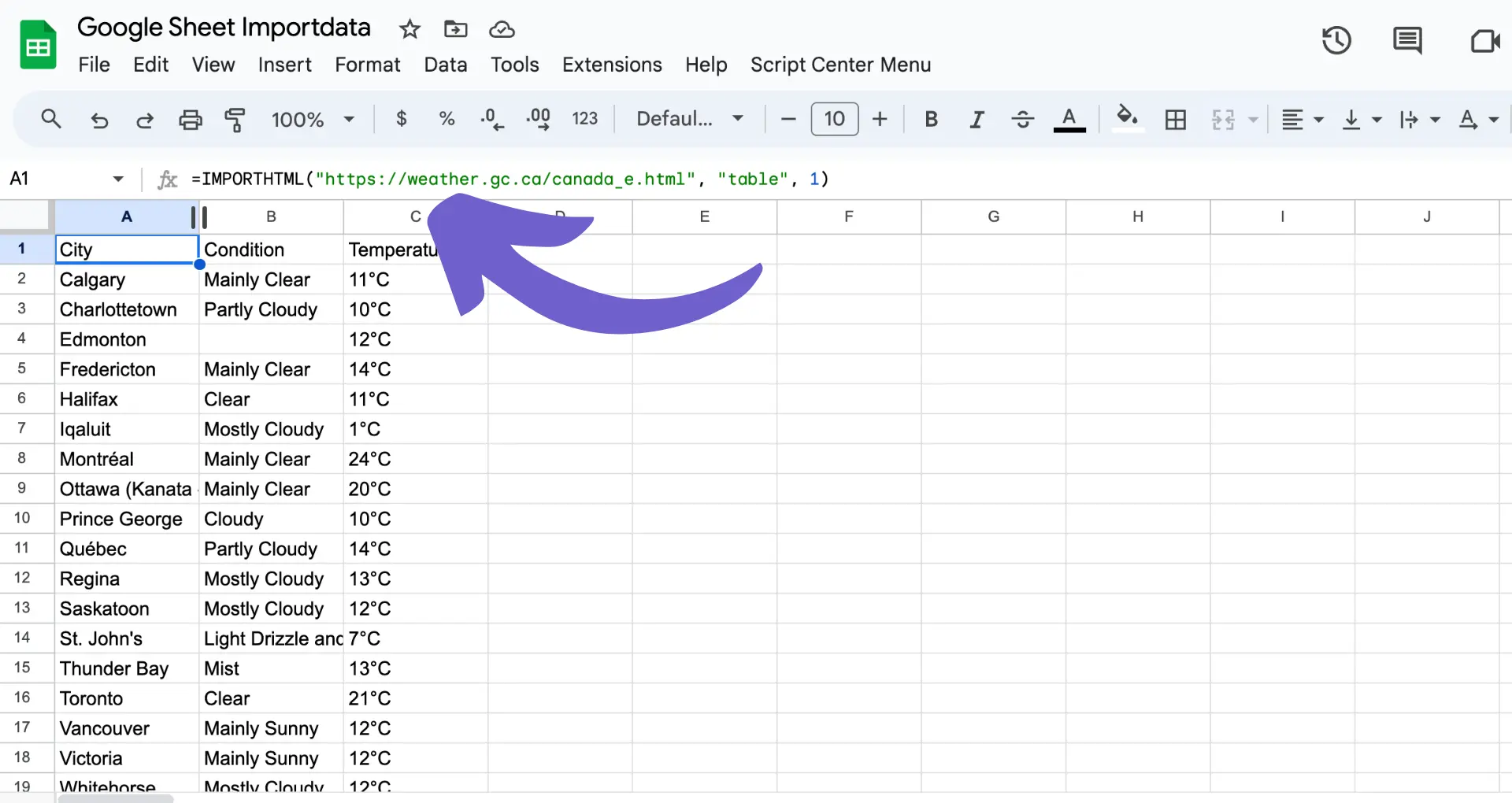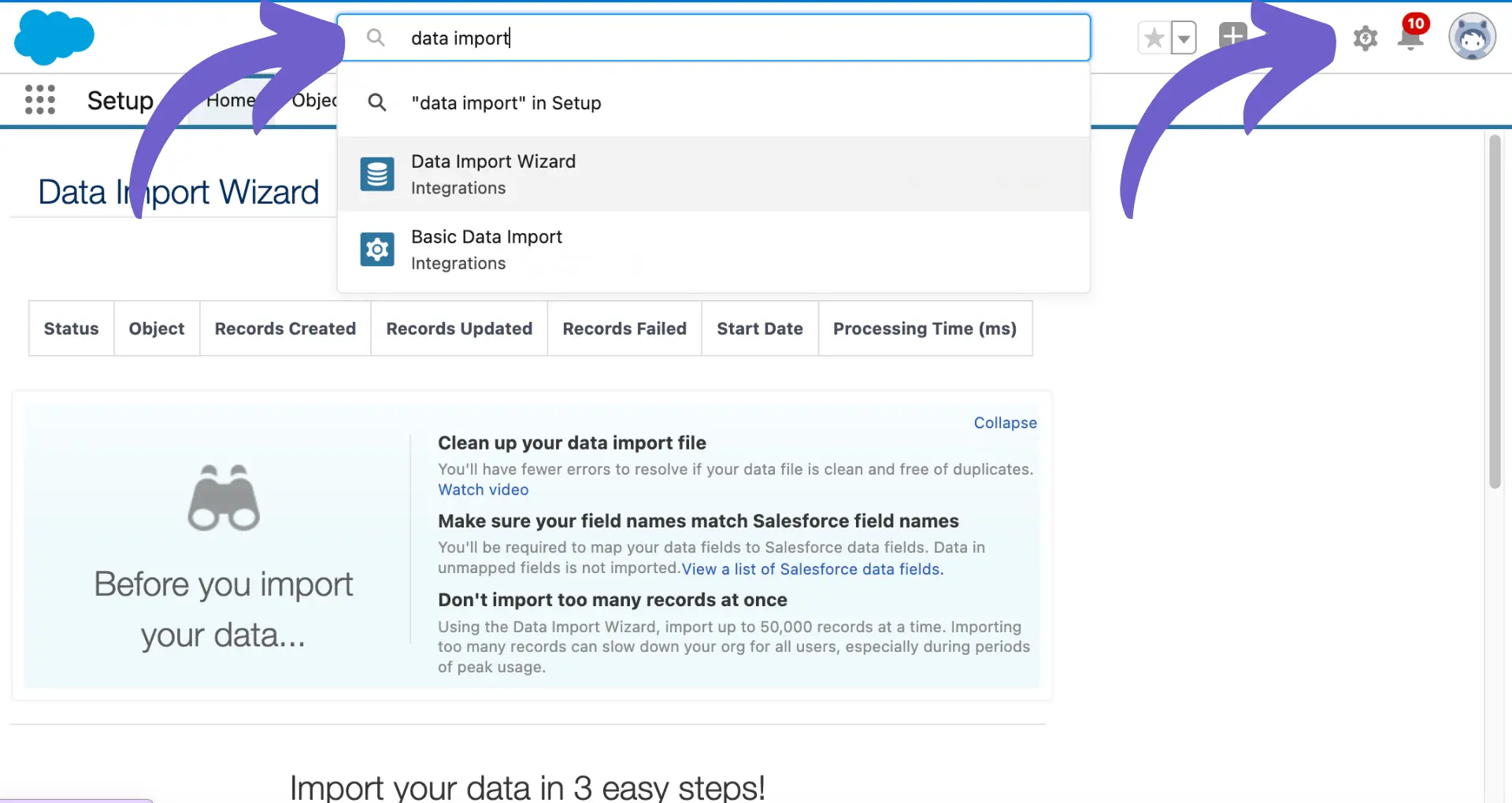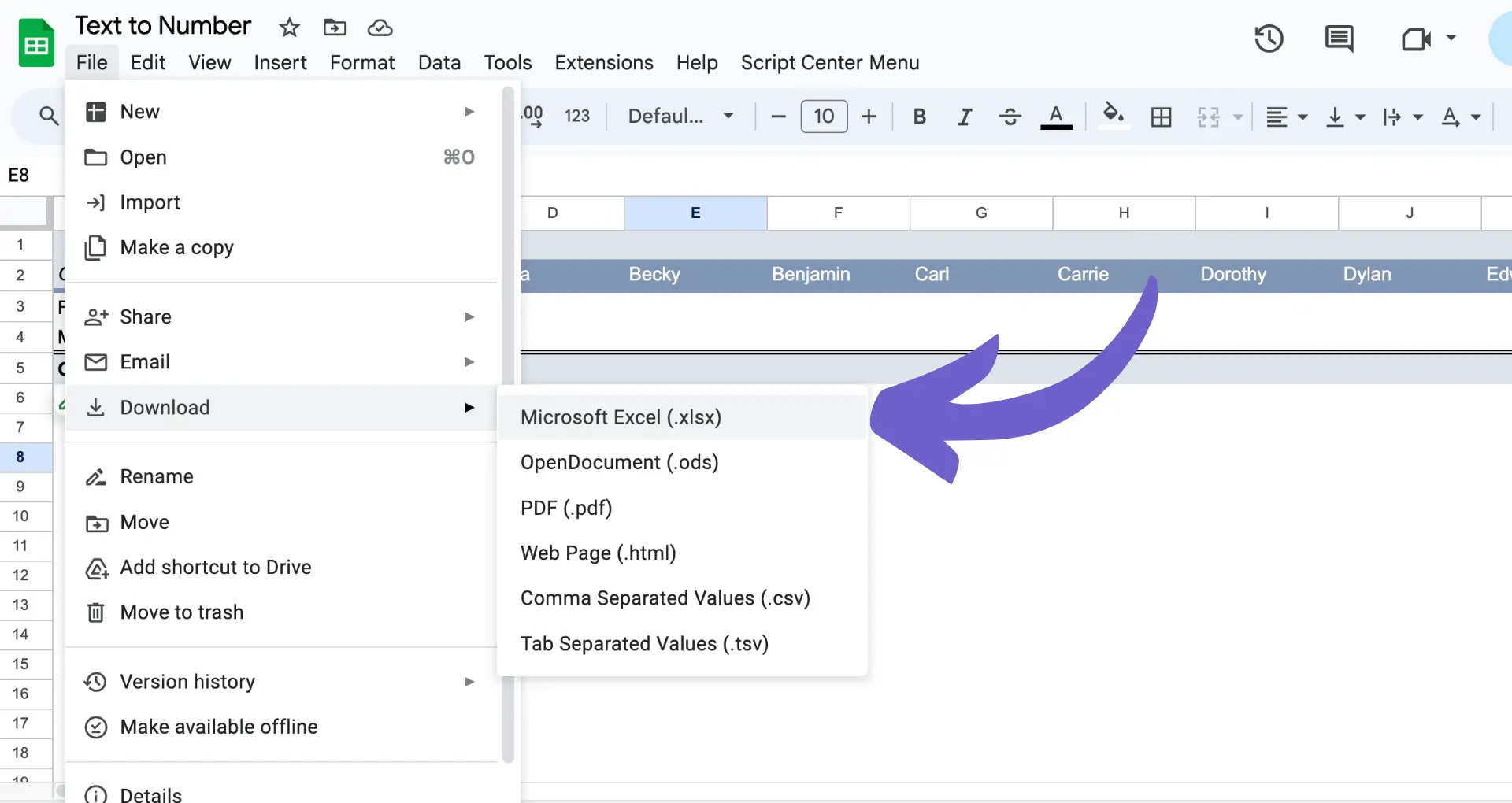





Use IMPORTDATA, IMPORTHTML, IMPORTXML, or IMPORTFEED functions.
By the way, we're Bardeen, we build a free AI Agent for doing repetitive tasks.
If you want to import web data without coding, try our AI Web Scraper. It can pull data from any website directly into Google Sheets.
Importing data from the web into Google Sheets is a powerful way to streamline data management and analysis. In this step-by-step guide, we'll walk you through the process of importing various types of web data, such as CSV files, HTML tables, XML feeds, and live data, directly into your Google Sheets. We'll explore built-in functions, add-ons, and third-party tools that make data import efficient and automated, ensuring your spreadsheets are always up-to-date with the latest information from the web.
Web data import is the process of extracting data from websites and transferring it into a spreadsheet application like Google Sheets. This powerful feature allows you to scrape data from websites and analyze data from various online sources without manually copying and pasting.
Importing web data is crucial for efficient data management and analysis, as it enables you to:
Google Sheets supports importing a wide range of data types from the web, including:
By leveraging web data import, you can connect Google Sheets with various data sources, streamline your data workflow, and make informed decisions based on the most up-to-date information available online.
Google Sheets offers several powerful built-in functions that allow you to import data directly from the web. These functions include:
Let's explore each function in more detail:
The IMPORTDATA function is used to import data from a CSV (Comma-Separated Values) or TSV (Tab-Separated Values) file hosted on the web. The syntax is as follows:
=IMPORTDATA("URL")
For example, to import population data from a CSV file hosted on Census.gov, you can use:
=IMPORTDATA("http://www2.census.gov/programs-surveys/popest/datasets/2010-2019/national/totals/nst-est2019-alldata.csv")

The IMPORTHTML function allows you to import data from an HTML table or list on a webpage. The syntax is:
=IMPORTHTML("URL", "query", index)
The "query" parameter can be either "table" or "list", and the index specifies which table or list to import if there are multiple on the page. For instance, to import the current temperatures in Canadian cities from a table on the Weather.gc.ca website:
=IMPORTHTML("https://weather.gc.ca/canada_e.html", "table", 1)

The IMPORTXML function allows you to import data from any XML (eXtensible Markup Language) feed. The syntax is:
=IMPORTXML("URL", "xpath_query")
The "xpath_query" parameter is used to specify the path to the desired data within the XML structure.
The IMPORTFEED function is used to import an RSS or Atom feed into your Google Sheet. The syntax is:
=IMPORTFEED("URL", [query], [headers], [num_items])
The optional "query" parameter specifies what to fetch from the feed, "headers" determines whether to include feed headers, and "num_items" limits the number of items imported. For example, to import the latest news from CNBC:
=IMPORTFEED("http://www.cnbc.com/id/19746125/device/rss/rss.xml")

By leveraging these built-in functions, you can easily import data from various web sources directly into your Google Sheets, enabling efficient data analysis and management. To save even more time, consider using GPT for Google Sheets to automate tasks and analyze data.
Bardeen's GPT in Spreadsheets can help you bring AI into your spreadsheet workflows. Analyze data, generate summaries, and more—all within Google Sheets.
Google Sheets add-ons extend the functionality of the spreadsheet application, enabling users to import data from various online sources and automate data import processes. These add-ons can significantly streamline your data management workflow and save time.
One popular add-on for data import is Coupler.io, which allows you to import data from a wide range of sources, including:

To install an add-on like Coupler.io, follow these steps:

Once installed, you can access the add-on from the "Extensions" menu. To set up data import using Coupler.io:

By leveraging add-ons like Coupler.io, you can automate the data import process and ensure that your Google Sheets always have up-to-date information from your preferred data sources. This saves time and reduces the risk of manual errors, allowing you to focus on analyzing and utilizing the imported data for better decision-making. For more advanced automation, consider using Bardeen with Excel.
ETL (Extract, Transform, Load) tools play a crucial role in data integration by enabling the extraction of data from various sources, transforming it into a suitable format, and loading it into a target database or data warehouse. These tools can be seamlessly connected with Google Sheets to streamline data management processes.
Some popular third-party ETL tools that facilitate complex data imports include:
Key features and benefits of these ETL tools include:
By integrating third-party ETL tools with Google Sheets, organizations can efficiently consolidate data from multiple sources, transform it as needed, and load it into their preferred data storage systems for further analysis and reporting. This integration enables businesses to leverage the power of data-driven insights while minimizing the complexity of data management processes. For more advanced integrations, you can also connect Google Docs and other apps with Bardeen.
Save even more time by using Bardeen to integrate Google Drive with other apps. Manage your files, send notifications, and more without leaving your browser.
Automating the data import process is essential for real-time analysis in Google Sheets. By setting up automated data imports, you can ensure that your spreadsheets are always up-to-date with the latest information from various sources, enabling you to make timely and informed decisions.
There are two main methods for automating data imports in Google Sheets:
Google Apps Script is a powerful tool that allows you to write custom scripts to automate tasks in Google Sheets. Here's a step-by-step guide on how to set up automated data imports using Apps Script:

With this setup, your Google Sheets spreadsheet will automatically refresh and update the imported data based on the specified schedule, ensuring that you always have access to the most recent information.
Another option for automating data imports in Google Sheets is to use third-party automation services. These services provide user-friendly interfaces and pre-built connectors that simplify the process of connecting your data sources to Google Sheets. Some popular automation services include:
To set up automated data imports using a third-party service:
By automating data imports, you can save time, reduce manual effort, and ensure that your Google Sheets spreadsheets are always up-to-date, enabling real-time analysis and decision-making. To further streamline your workflow, consider using GPT in Spreadsheets for advanced data manipulation.
To ensure a smooth and effective data import process in Google Sheets, it's essential to follow best practices and be aware of common pitfalls. Here are some tips to help you optimize your data import workflow:
By following these best practices and being aware of common pitfalls, you can optimize data enrichment and streamline your data import process in Google Sheets, ensuring data accuracy, consistency, and reliability.
Save time on data imports by using Bardeen to automate tedious tasks and maintain consistency in your spreadsheets.










SOC 2 Type II, GDPR and CASA Tier 2 and 3 certified — so you can automate with confidence at any scale.
Bardeen is an automation and workflow platform designed to help GTM teams eliminate manual tasks and streamline processes. It connects and integrates with your favorite tools, enabling you to automate repetitive workflows, manage data across systems, and enhance collaboration.
Bardeen acts as a bridge to enhance and automate workflows. It can reduce your reliance on tools focused on data entry and CRM updating, lead generation and outreach, reporting and analytics, and communication and follow-ups.
Bardeen is ideal for GTM teams across various roles including Sales (SDRs, AEs), Customer Success (CSMs), Revenue Operations, Sales Engineering, and Sales Leadership.
Bardeen integrates broadly with CRMs, communication platforms, lead generation tools, project and task management tools, and customer success tools. These integrations connect workflows and ensure data flows smoothly across systems.
Bardeen supports a wide variety of use cases across different teams, such as:
Sales: Automating lead discovery, enrichment and outreach sequences. Tracking account activity and nurturing target accounts.
Customer Success: Preparing for customer meetings, analyzing engagement metrics, and managing renewals.
Revenue Operations: Monitoring lead status, ensuring data accuracy, and generating detailed activity summaries.
Sales Leadership: Creating competitive analysis reports, monitoring pipeline health, and generating daily/weekly team performance summaries.